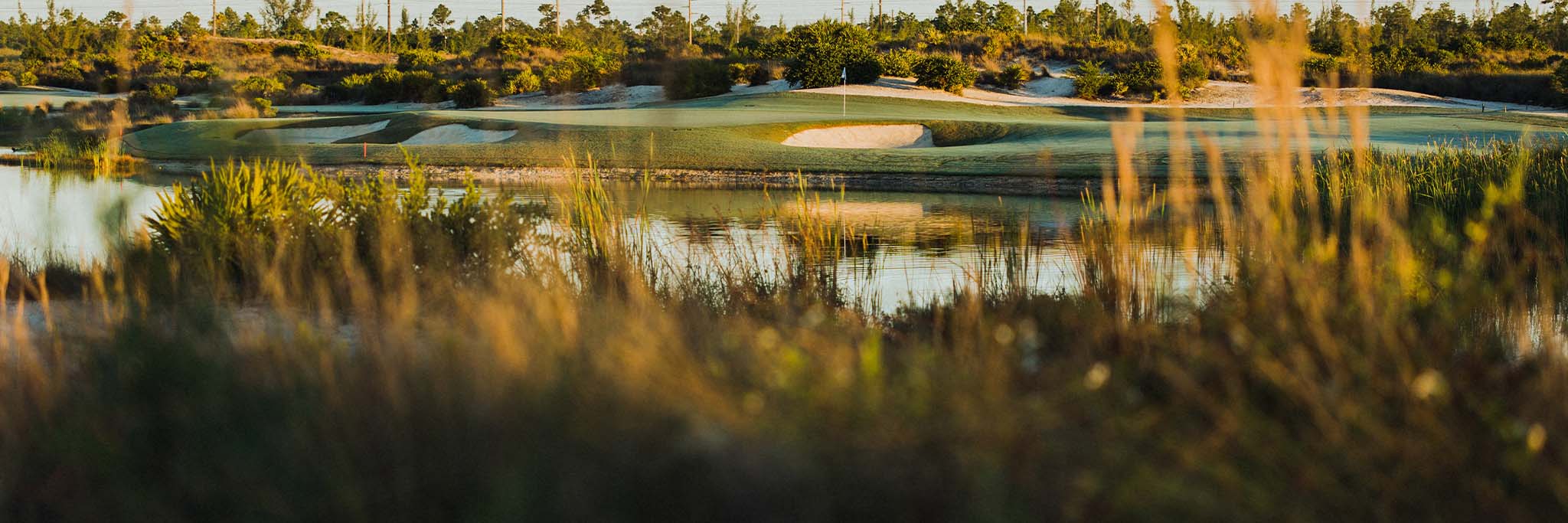Cart (0)

The Magazine
Keep in the know with the latest product releases, brand collections and news from the sporting fashion world.
Featuring regular updates on upcoming trends, and where to look for that new sporting style, our magazine will keep you one step ahead of the game.
-

Mother's Day Gift Guide
Our Mother's Day Gift Guide is here. Shop our top picks for mom - perfect for on the course and whatever else the day may...Read more -

Gear Up for the First Major of the Year
Read moreThe Ultimate Preview: Augusta National Golf Club Prepares for the First Major of the Year…
-
 4 min read
brands
4 min read
brands
Puma Golf x Quiet Golf Collaboration

The Players Championship at TPC Sawgrass
The excitement is palpable as the PGA Tour's top contenders gather at TPC Sawgrass for the highly anticipated 2024 Players Championship. Following a...Read more
Introducing B. DRADDY
At TRENDYGOLF, we're always on the lookout for brands that embody both elegance and functionality, and we're thrilled to introduce you to our...Read more 4 min read
footwear
4 min read
footwear
Nike Air Jordan 1 Low "Olympic" Golf Shoe | Coming soon
Read moreAfter an extended hiatus, golf returned to the Olympic stage in 2016, rekindling its status as a...
 4 min read
news
4 min read
news
WASTE MANAGEMENT PHOENIX OPEN
Read moreGet ready to witness one of the most anticipated events in golf as the Waste Management Phoenix Open swings into action from...
 4 min read
footwear
4 min read
footwear
Jordan 9 "True Red" Coming Soon
Get ready to tee off in style with the highly anticipated Jordan 9 "True Red" coming soon to TRENDYGOLF. As we dive into...Read more 4 min read
brands
4 min read
brands
Introducing A. PUTNAM
Read moreTRENDYGOLF is thrilled to introduce A. PUTNAM, a brand rooted in the vision of founder Ali Putnam, who sought...
Showing 0 - 9 of 41From the UK?
You may wish to visit the UK storeTEST
TEST


















